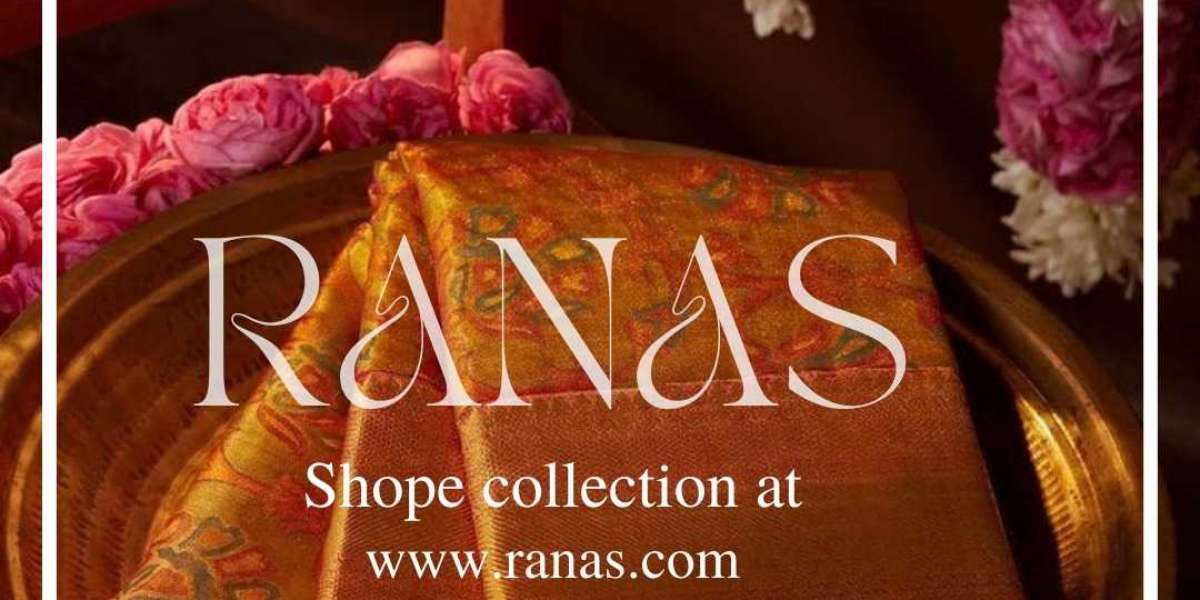In the vibrant tapestry of Indian culture, the Rajputi Poshak stands out as a symbol of regal elegance and timeless heritage. Adorned by Rajput women on special occasions and celebrations, this attire reflects a deep-rooted connection to history, tradition, and aristocracy. From its intricate designs to its rich symbolism, the Rajputi Poshak encapsulates the essence of Rajput culture, weaving together threads of history and modernity.
Origins and Evolution
The origins of the Rajputi Poshak can be traced back to the royal courts of Rajasthan, where the Rajput clans reigned with grandeur and splendor. It was during this era that the Rajputi Poshak emerged as a distinctive style of attire, characterized by its elaborate craftsmanship and opulent fabrics. Over the centuries, this traditional attire has evolved, incorporating influences from different regions and cultures while retaining its essence.
Components of Rajputi Poshak
Ghagra (Skirt): The Ghagra is a long, flared skirt that forms the base of the Rajputi Poshak. It is often embellished with intricate embroidery, mirror work, and zari (golden thread) to add a touch of luxury and grace.
Kurti (Blouse): The Kurti is the blouse or top worn with the Ghagra. It is usually tailored to fit snugly and is adorned with embellishments that complement the overall look of the outfit.
Odhani (Dupatta): The Odhani is a long scarf or dupatta that is draped over the head or shoulders. It is an integral part of the Rajputi Poshak and is often embellished with intricate designs, sequins, and embroidery.
Jewelry: The Rajputi Poshak is incomplete without exquisite jewelry. This includes the Borla (maang tikka), Rakhdi (head ornament), Nath (nose ring), Hansli (necklace), and Bajuband (armlet), among others. Each piece of jewelry holds significance and adds to the overall royal charm of the attire.
Footwear: Traditional Rajputi footwear includes Mojdis (embroidered shoes) or Juttis (ornate leather shoes), which are intricately designed to complement the outfit.
Embroidery and Embellishments
One of the most striking features of the Rajputi Poshak is its intricate embroidery and embellishments. Artisans meticulously handcraft each piece, showcasing their skills and creativity. The embroidery often features motifs inspired by nature, mythology, and historical motifs such as peacocks, elephants, lotus flowers, and royal insignias. Zari work, gota patti, mirror work, and beadwork are also commonly used to enhance the beauty of the attire.
Colors and Symbolism
Colors play a significant role in Rajputi Poshak, with each hue carrying its own symbolism:
Red: Symbolizes auspiciousness, love, and prosperity. It is a popular choice for weddings and festive occasions.
Green: Represents fertility, growth, and harmony. It is often associated with spring and new beginnings.
Blue: Signifies royalty, tranquility, and wisdom. Shades of blue are favored by Rajput women for their elegance.
Yellow: Symbolizes happiness, prosperity, and positivity. It is a cheerful color often worn during festivities.
Pink: Represents femininity, grace, and beauty. Light and pastel shades of pink are commonly seen in Rajputi attire.
Occasions for Wearing Rajputi Poshak
The Rajputi Poshak is not just a garment; it is a statement of cultural pride and tradition. It is worn on various occasions, each carrying its own significance:
Weddings: Rajputi Poshak is a staple attire for brides during their wedding ceremonies. The elaborate embroidery, rich fabrics, and exquisite jewelry make the bride look resplendent on her special day.
Festivals: Festivals like Diwali, Holi, and Teej are occasions where women adorn themselves in Rajputi Poshak to celebrate with joy and fervor.
Cultural Events: Rajputi Poshak is often worn during cultural events, dance performances, and traditional gatherings to showcase the heritage and beauty of Rajput culture.
Family Celebrations: From birthdays to anniversaries, wearing Rajputi Poshak is a way to honor traditions and create memorable moments with family and loved ones.
Modern Interpretations and Global Influence
While deeply rooted in tradition, the Rajputi Poshak has also evolved to embrace modern trends and styles. Designers have infused contemporary elements into this traditional attire, creating fusion ensembles that appeal to a global audience. Celebrities, fashion enthusiasts, and brides from diverse backgrounds are embracing Rajputi Poshak for its timeless elegance and cultural significance.
Preserving the Legacy
Efforts are underway to preserve and promote the art of Rajputi Poshak craftsmanship. Artisans, designers, and cultural organizations are collaborating to ensure that traditional techniques are passed down through generations. Workshops, exhibitions, and awareness campaigns are being conducted to highlight the beauty and cultural importance of Rajputi attire.
Conclusion
In conclusion, the Rajputi Poshak embodies the grace, heritage, and timeless beauty of Rajput culture. From its origins in the royal courts of Rajasthan to its contemporary adaptations, this attire continues to captivate hearts with its exquisite craftsmanship and symbolic significance. As a celebration of tradition and artistry, the Rajputi Poshak remains a cherished treasure, weaving together the past, present, and future in a tapestry of elegance.
For more info:- rajasthani poshak




